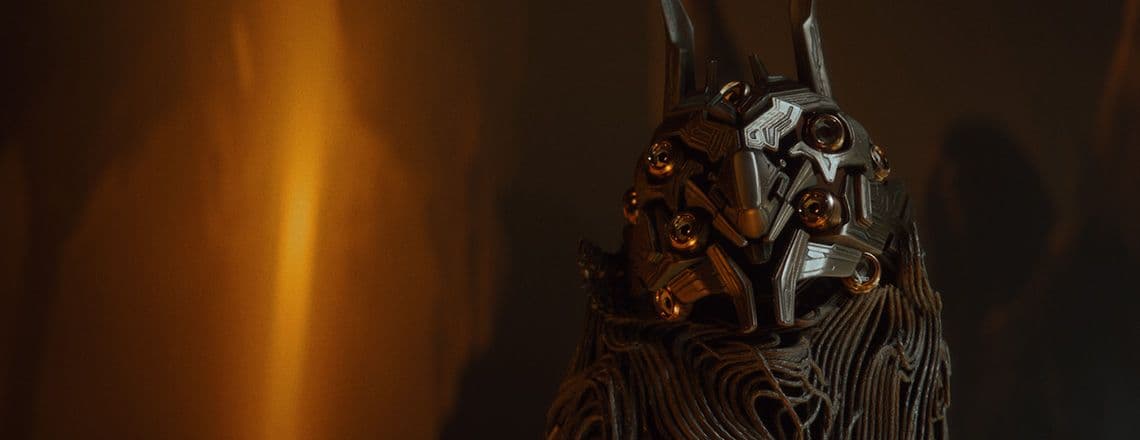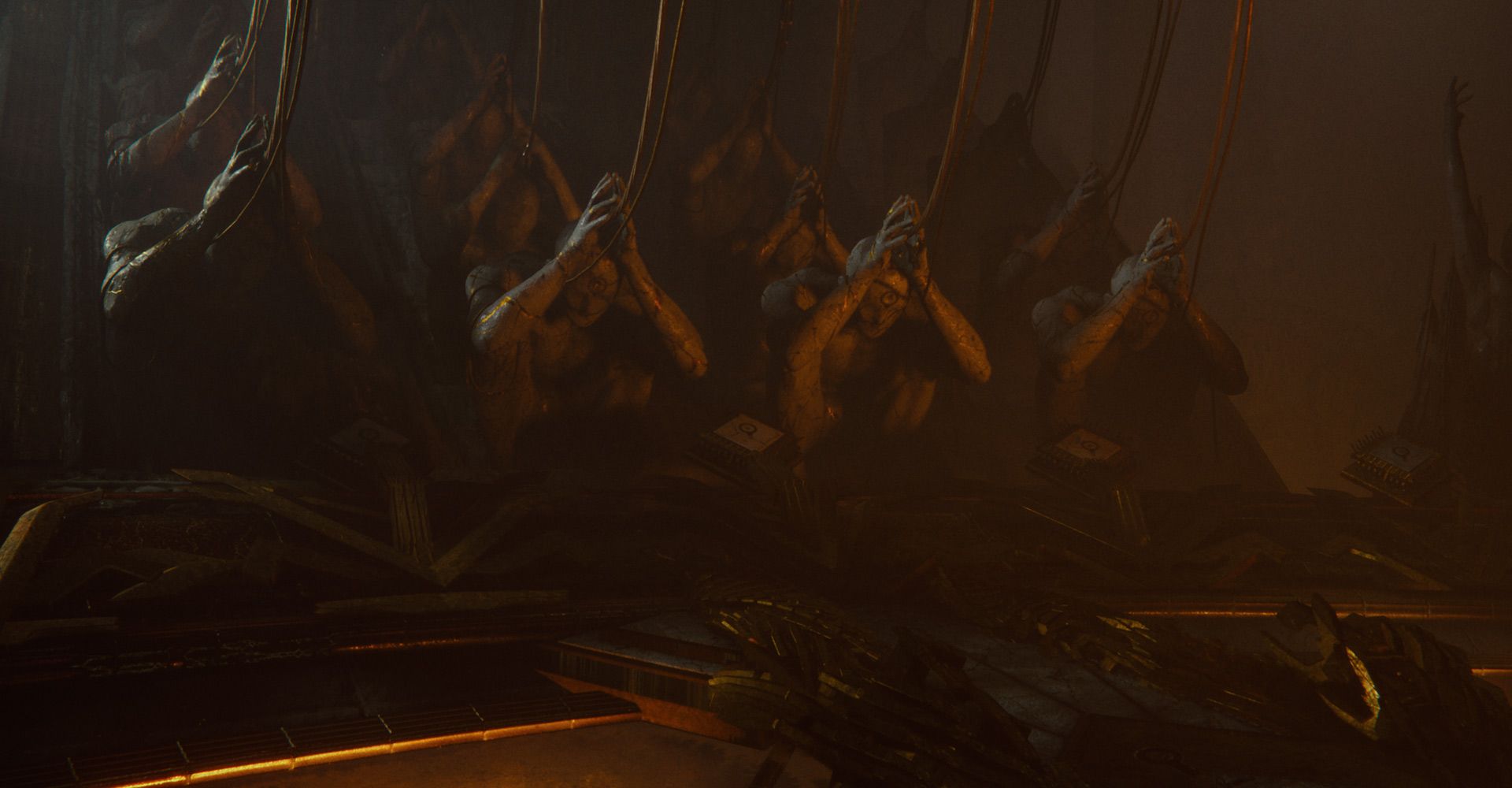
Here’s an overview of some of the key updates for graphics. For full details, check out the release notes.
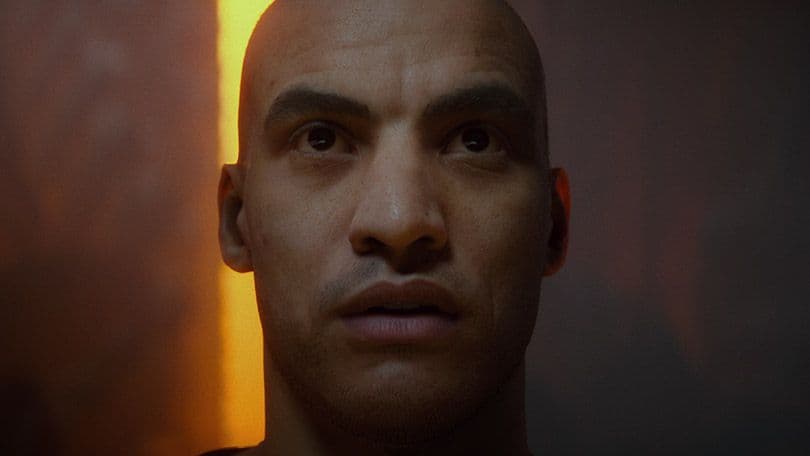
HDRP brings stunning graphics and photorealism, and is now Verified. Watch The Heretic short film to see what’s possible with HDRP.
In 2019.3, we’ve added a number of new features to HDRP. Custom Post-Processing allows you to write your own post-processing effects that automatically integrate into your project. The Custom Render Pass allows you to inject shaders and C# at certain points inside the render loop, letting you draw objects, do full-screen passes, and read some camera buffers like depth, color or normal.
Look Dev is an image-based lighting tool that allows you to check and compare different assets through a viewer to ensure they are correctly authored for various lighting conditions.
With Scalability settings, you can create multiple HDRP assets for your project, each with different graphics-quality configurations. This means that users of your application can select a quality level that best suits their hardware.
You can find more HDRP improvements in the release notes.
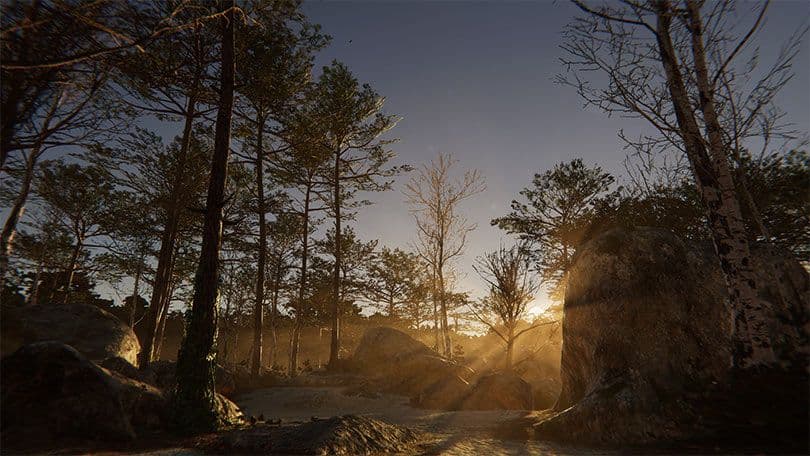
Physically Based Sky simulates a clear sky and runs a physical simulation that offers realistic results. The model works for all altitudes, supports aerial perspective, allows shots outside the atmosphere, and supports time of day, which lets you simulate things like neutral noons and warm sunsets.
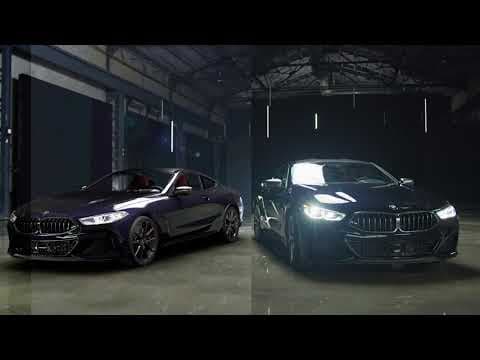
Unity’s Ray Tracing simulates in real-time how light behaves and interacts with physical objects and materials in your Scenes, like in real life. This allows you to achieve true global illumination and ambient occlusion, as well as other effects, whether you want a photorealistic or stylized look.
HDRP includes ray tracing support and hardware acceleration, allowing you to take into account reflections from all objects, even when they’re off-screen. Some of the ray tracing features included are ray traced shadows and indirect lighting.
Ray Tracing in HDRP is ideal for applications in the engineering, architecture, and automotive industries. To highlight what’s achievable with real-time ray tracing, Unity collaborated with NVIDIA and the BMW Group to showcase the 2019 BMW 8 Series Coupe.
If you’d like to get started, download our sample office project from GitHub and/or click Learn more below to access the “Getting started with ray tracing” documentation.
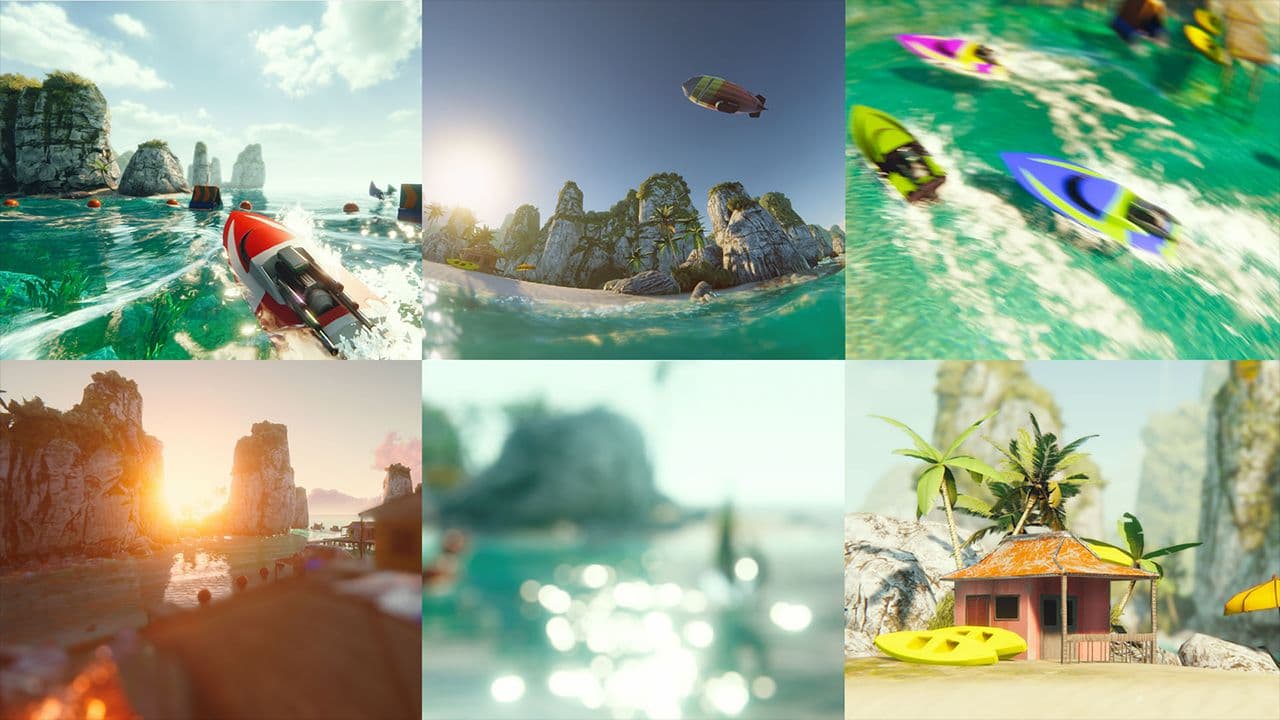
In 2019.3, the Universal Render Pipeline (formerly Lightweight Render Pipeline) comes with a forward renderer that shades all lights in a single pass and a 2D renderer that supports multiple types of real-time lights. We’ve also increased the Light Limit in the Universal Render Pipeline forward renderer to 256 visible lights, with the exception of mobile projects, where the limit is now 32. The pipeline can shade up to 8 per-object lights. An optimized deferred renderer is coming soon.
Post-processing is now integrated, which brings greater performance and includes anti-aliasing, depth of field, camera motion blur, Panini projection, bloom, lens distortion, chromatic aberration, color grading and tone mapping, vignette, film grain, and 8-bit dithering. It now also supports volumes since it uses the volume framework from the CoreRP shader library.
Watch our How the Universal Render Pipeline unlocks games for you talk from Unite Copenhagen 2019 and/or download the Boat Attack project from GitHub to get started.
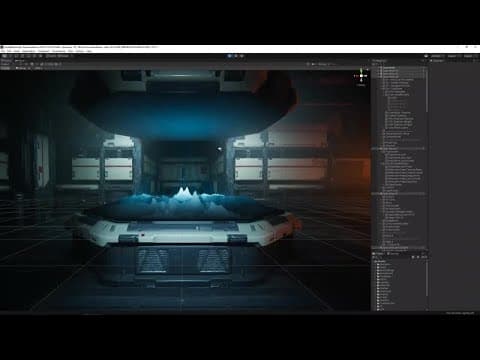
2D Lights and the new 2D Shadows are both included as experimental in the Universal Render Pipeline as part of the 2D Renderer. The new Shadow Caster 2D component defines the shape and properties that a 2D Light uses to determine how it casts shadows.
To make the most out of 2D Lights, you can now add Secondary Textures in the Sprite Editor to associate normal maps or mask maps with your Sprites. This provides more information on how the light should illuminate your Sprites (e.g., by simulating volume or depth in a more realistic way). You can also add Secondary Textures to Sprite Shapes, Tilemaps and Sprites, including the ones made for 2D Animation.
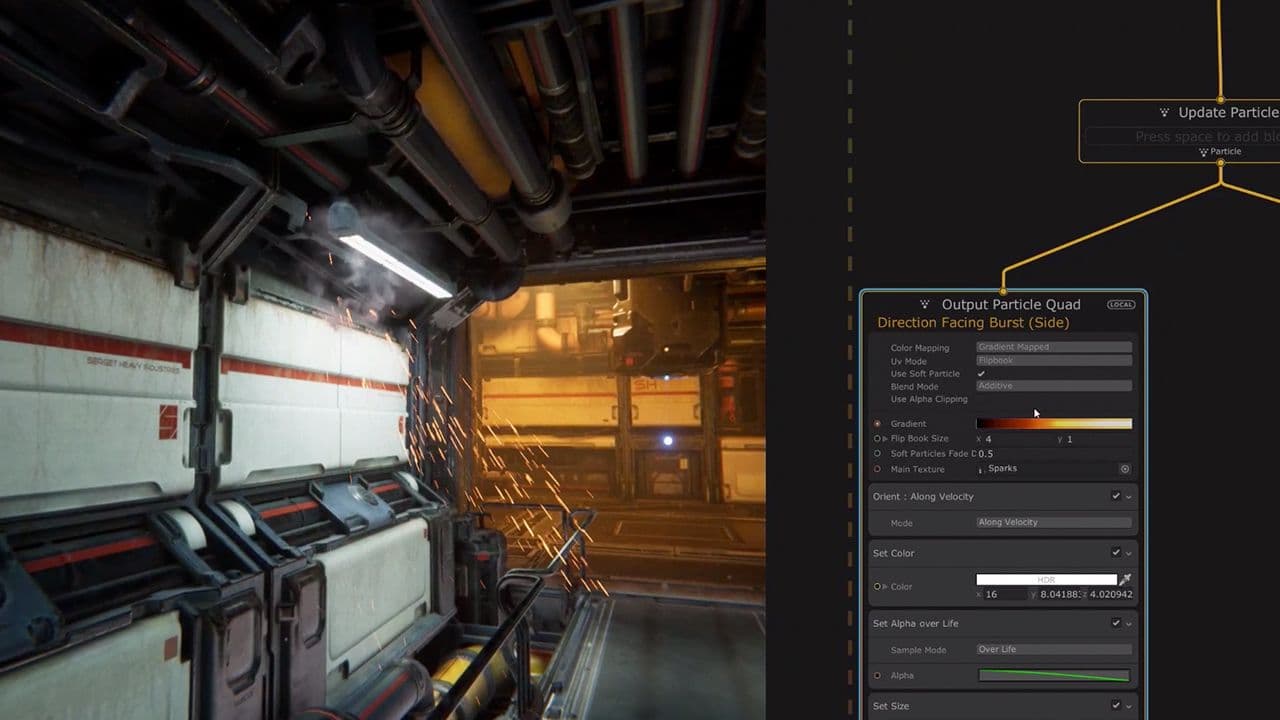
In Visual Effect Graph you can now bring in Shader Graphs in order to create custom looks and rendering behaviors for high-fidelity visual effects.
We’ve added Particle Strips, which generate triangle strips connecting individual particles to create trails, lines, and ribbons. You can now also add motion vectors, which enable you to use the Post-Processing Motion Blur effect to add a blur to fast-moving effects.
Creating interesting effects often involves timing the spawning of particles in predictable ways. The new Spawn context time and looping controls (part of a large set of upcoming Internal Sequencing features) let you spawn particles at a set number of times with predetermined intervals and spawning durations.
Our Spaceship VFX graph demo shows a wide range of effects, and is a great learning resource. You can also download Visual Effect Graph samples.
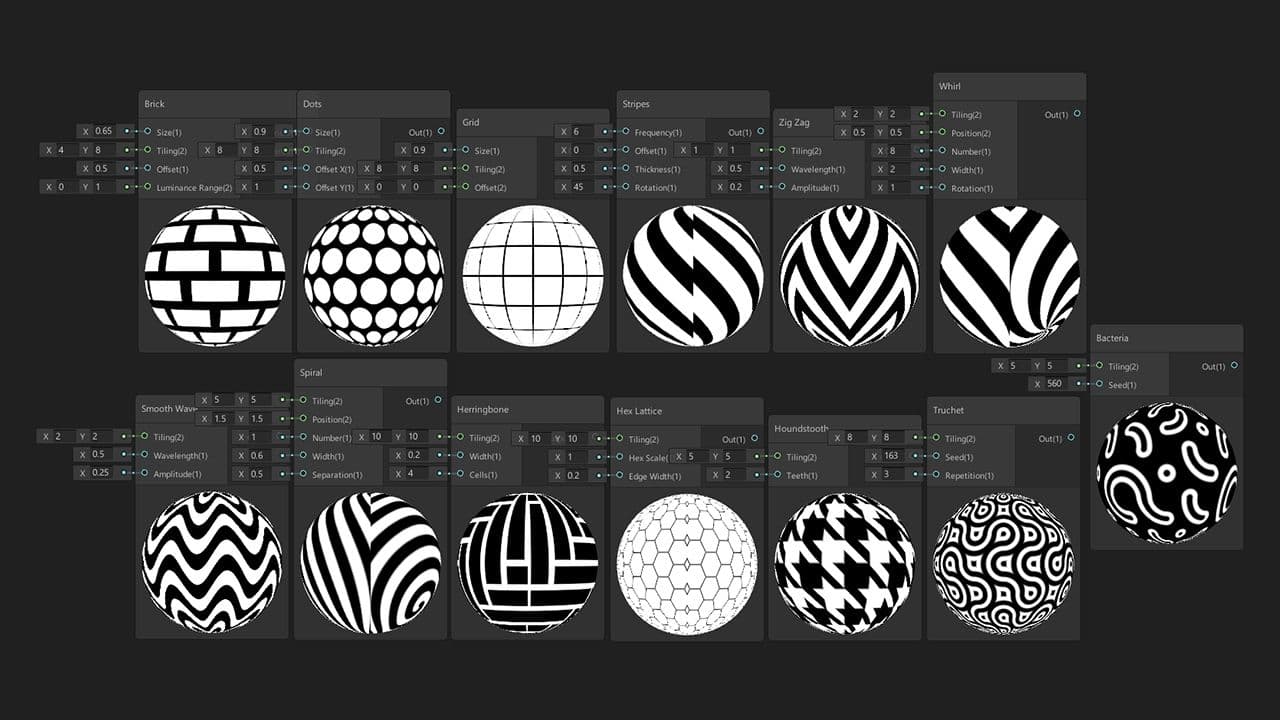
You can now add Shader keywords to create static branches in your graph. Use this, for example, to build your own Shader LOD system.
We’ve also added support for vertex skinning for DOTS animation, which allows you to author better water and foliage.
Sticky notes improve your workflow by allowing you to leave comments and explanations for whomever is working on the project.
Learn how you can use math to create procedural shapes and patterns with our new Procedural pattern subgraph samples.
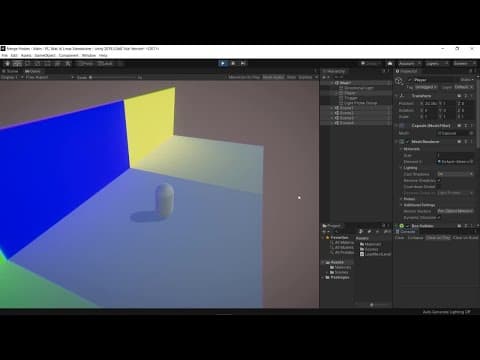
2019.3 introduces some exciting changes to how Light Probes work with additive Scene loading.
You can merge Light Probes between additively loaded Scenes, which enables streaming workflows for large Scenes where it may be beneficial to split them into smaller, additively loaded chunks. Using an API call, you can retrieve and merge all currently loaded probes. These will then be retedrahedralized and Mesh Renderers will then use this seamlessly merged result for rendering with probes.
In challenging lighting conditions, it is possible to find situations where Light Probes produce inconsistent or otherwise noisy lighting results. Now it’s possible to unlock sample counts used by Light Probes. This feature can improve probe quality in those Scenes with lighting with typically noisy lighting conditions (e.g., Scenes that make use of emissive materials or with difficult, multi-bounce lighting).
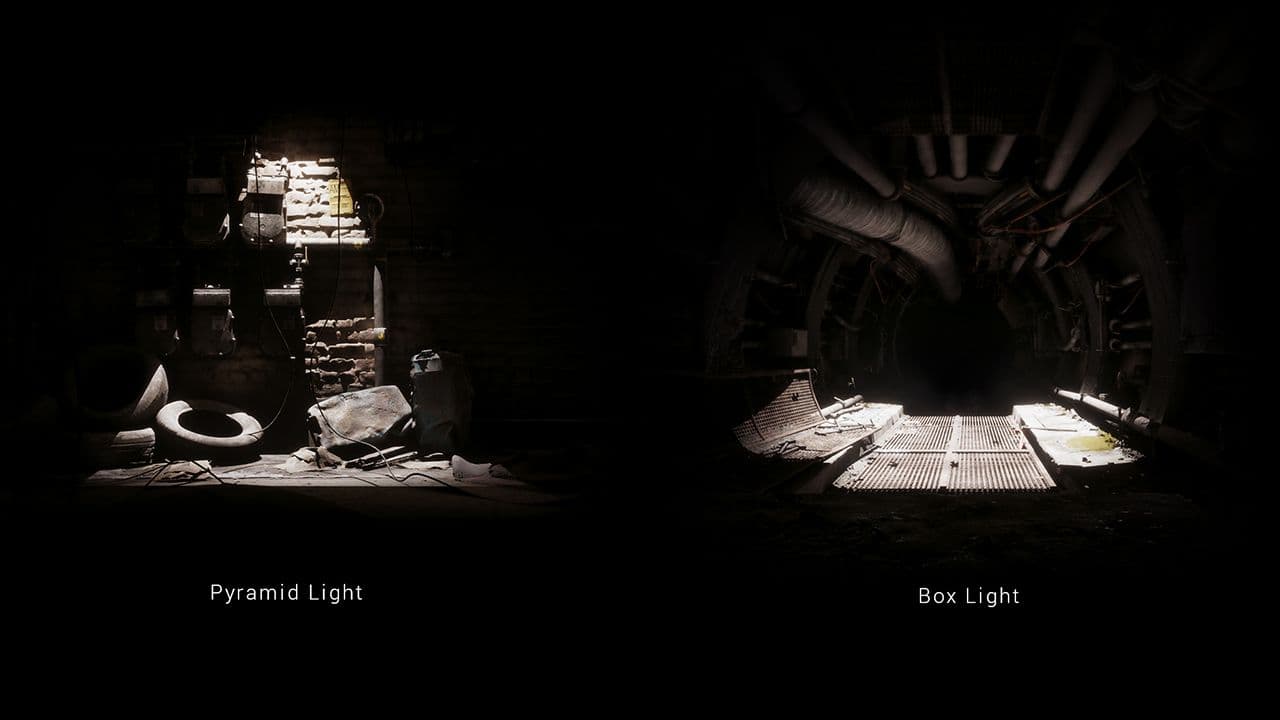
Unity 2019.3 updates to the Progressive CPU Lightmapper and Progressive GPU Lightmapper (Preview) will greatly improve your productivity when working with the Editor. We’ve improved the main thread performance of the Progressive Lightmapper, leading to smoother Editor interaction when baking.
Light power sampling has been added to the Progressive CPU Lightmapper. Instead of trying to shoot shadow rays at every light that could potentially affect any given lightmap texel, it picks the best candidates based on probability. This leads to fewer rays shot, reduced lightmap noise, and higher baking performance.
Two new light shapes have been added to the Progressive Lightmapper that correspond with HDRP’s box and pyramid light shapes for spot lights. Both shapes can be entirely baked or used as Mixed Mode Lights with full support for Shadowmasks. Inner spot angle is now also supported for baked lightmaps in HDRP and in the Universal Render Pipeline.
The Progressive GPU Lightmapper now has submesh support, giving correct GI response from Mesh Renderers with multiple submeshes. Additionally, we have also improved the sampling algorithm to use a superior distribution. This results in faster convergence, meaning lightmaps with less noise, in reduced time.
The new Lightmap Exposure slider will show up as a Scene view swatch when entering lightmap preview Scene modes. This will help you quickly assess different HDR lightmaps better. You can find the same slider in the Lightmap Preview window.
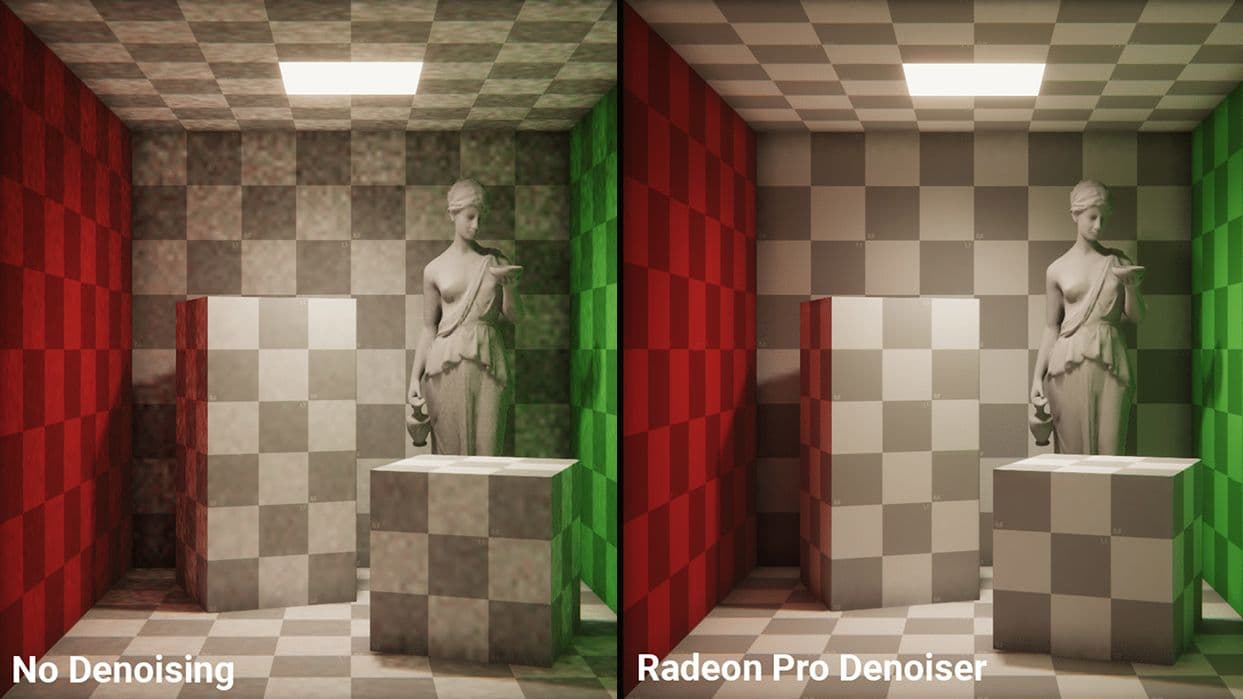
To complement the range of denoisers offered by Unity, we now include the AMD Radeon Pro Lightmap Denoiser. This enables owners of AMD graphics hardware to denoise lightmapping results quickly on the GPU. Denoising means users can achieve smoother lighting results using fewer samples, and in less time.
